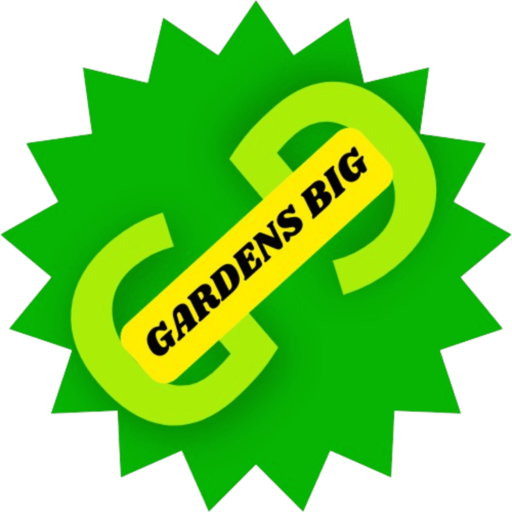Tower Hill Botanic Garden: Inspiring Garden Design Ideas for Every Space
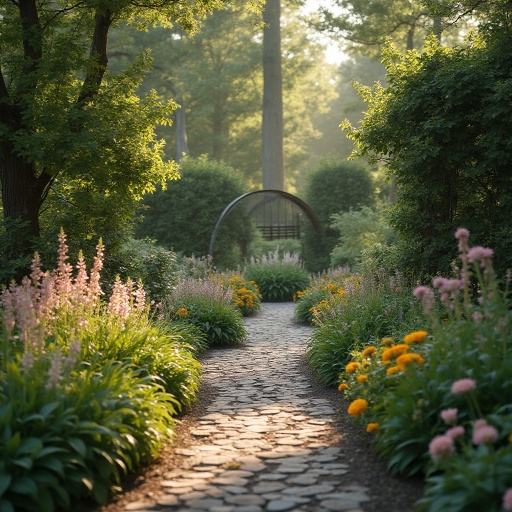
Did you know that thoughtfully designed gardens can reduce stress by up to 68% while increasing property values by 15-20%? At Tower Hill Botanic Garden in Massachusetts, garden design ideas come alive through carefully curated landscapes that blend artistry with horticultural expertise. This botanical treasure offers a wealth of inspiration for home gardeners, with design concepts that can transform any outdoor space from ordinary to extraordinary—regardless of size, location, or growing conditions.
Information About Tower Hill Botanic Garden
Tower Hill Botanic Garden stands as a horticultural sanctuary that showcases exceptional garden design ideas through:
- 171 acres of meticulously planned landscapes and natural woodlands
- Distinct garden rooms that demonstrate different design approaches and plant palettes
- Four-season interest with structures and plantings selected for year-round beauty
- Sustainable landscaping practices that balance aesthetic appeal with ecological responsibility
- Educational displays that translate grand garden concepts into achievable home designs
The garden serves as a living laboratory where visitors can observe design principles in action, from formal symmetrical layouts to naturalistic woodland settings. Each area offers transferable ideas that home gardeners can adapt to their own spaces, making Tower Hill an invaluable resource for landscape design inspiration.
Timing
A typical visit to Tower Hill Botanic Garden ranges from 2-4 hours, with garden enthusiasts often spending a full half-day exploring the grounds. According to visitor surveys, most guests spend approximately 2.5 hours at the garden, allowing enough time to tour the major garden areas while absorbing design concepts. Those specifically seeking garden design ideas may wish to allocate additional time for note-taking, photography, and conversations with horticultural staff. For maximum inspiration, consider visiting multiple times across different seasons to witness how thoughtful design creates year-round interest.
Step-by-Step Tour for Garden Design Inspiration
Step 1: Begin at the Winter Garden
Start your journey at the stunning Winter Garden, where structure takes center stage. Notice how:
- Evergreen plantings create the garden’s backbone
- Interesting bark textures add visual interest
- Strategic placement of ornamental grasses provides movement
- Colorful berries and stems brighten the winter landscape
Tip: Take photos of plant combinations that maintain visual interest even without flowers—a crucial element of successful garden design that many homeowners overlook.
Step 2: Explore the Systematic Garden
This formal garden area demonstrates how organization and symmetry create a sense of order. Observe:
- How plants are arranged by botanical families, showing related plants’ varied forms
- The use of geometric beds to create visual structure
- How pathways guide movement and frame garden views
- The balance between precision and softness created by plant selections
Tip: Consider how this formal approach might be scaled down to create an elegant herb garden or entry planting at home.
Step 3: Wander Through the Wildlife Garden
This naturalistic area showcases how garden design can support local ecosystems. Pay attention to:
- Layered plantings that mimic natural habitats
- Plant selections that provide food and shelter for wildlife
- How water features are integrated into the landscape
- The balance between managed areas and wilder spaces
Tip: Photograph plant groupings that appeal to you—these “plant communities” can be recreated in your home landscape to attract butterflies and birds.
Step 4: Experience the Secret Garden
This intimate space demonstrates how enclosure creates a sense of discovery. Notice:
- The use of walls and hedges to define space
- How limited access points create anticipation
- Scale-appropriate plant selections
- The emotional impact of an enclosed garden room
Tip: Even small spaces can incorporate these elements—consider how you might create a sense of enclosure in your own landscape using plants or structures.
Step 5: Visit the Vegetable Garden
This productive space showcases how functionality and beauty can merge. Observe:
- The use of raised beds to organize space
- How ornamental elements elevate the utilitarian garden
- Companion planting strategies that enhance growth and beauty
- Season-extending techniques that prolong the garden’s usefulness
Tip: Record ideas for integrating edibles with ornamentals—a growing trend that combines beauty with productivity in home landscapes.
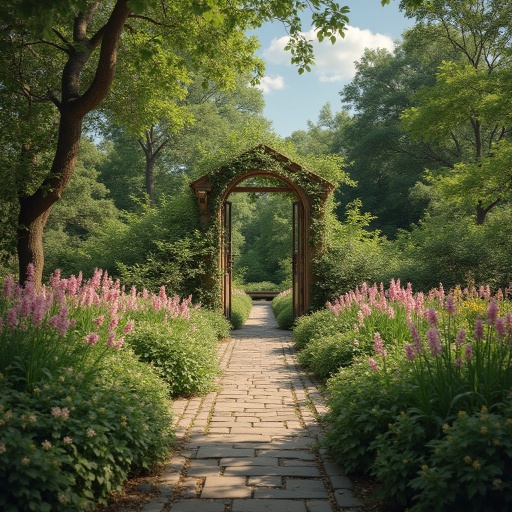
Technical and Artistic Information
Tower Hill Botanic Garden is the home of the Worcester County Horticultural Society, which was founded in 1842, making it one of the oldest active horticultural societies in the United States. The garden itself was established in 1986 when the Society purchased the 171-acre Tower Hill Farm in Boylston, Massachusetts. Located approximately 45 miles west of Boston, the garden sits at an elevation that provides spectacular views of Mount Wachusett and the Wachusett Reservoir.
The garden experiences a typical New England climate with cold, snowy winters (USDA Zone 5b) and warm, often humid summers. This four-season climate has shaped the garden’s design philosophy, emphasizing year-round interest through careful plant selection and structural elements. Water resources include several ponds, a stream system, and collected rainwater that supplies irrigation needs.
The mission of Tower Hill Botanic Garden is to inspire the use and appreciation of horticulture to improve lives, enrich communities, and strengthen commitment to the natural world. This mission guides their approach to garden design, education, and conservation efforts.
The garden features numerous distinct areas, each showcasing different design philosophies:
- The Winter Garden: A showcase of structural plants and winter interest featuring witch hazels, dogwoods with colorful stems, and conifers in varied forms
- The Systematic Garden: A formal garden organized by plant family relationships, demonstrating how related plants can offer varied design options
- The Secret Garden: An intimate enclosed space demonstrating small-scale design principles
- The Cottage Garden: Displaying the charming abundance of informal English-style planting
- The Vegetable Garden: Featuring raised beds, crop rotation principles, and edible landscaping ideas
- The Wildlife Garden: Demonstrating native plantings that support local ecosystems
- The Lawn Garden: Showcasing how specimen trees and sculpture can create impactful landscape moments
- The Inner Park: Displaying how mature trees create cathedral-like spaces
- The Limonaia (Lemon House): A stunning conservatory housing citrus collections
- The Orangerie: A spectacular glass house inspired by classic European conservatories
What distinguishes Tower Hill from other botanic gardens is its emphasis on gardening in the New England climate, with designs specifically created to thrive in the region’s challenging conditions. The garden’s plant patterns often feature naturalistic drifts inspired by how plants grow in wild settings, creating more harmonious and sustainable landscapes.
Visitor infrastructure includes:
- Accessible pathways connecting all major garden areas
- Educational signage with QR codes linking to detailed plant information
- Thoughtfully positioned seating areas for contemplation
- Observation points designed to showcase landscape vistas
- Environmentally sensitive stormwater management systems
Amenities for visitors include:
- The Farmer and the Fork Café offering seasonal, locally-sourced food
- Garden Shop featuring quality plants and garden accessories
- Library with one of New England’s finest collections of horticultural literature
- Classrooms for workshops on garden design and plant cultivation
- Exhibition space for art shows relating to plants and gardens
- Wedding and event facilities for private functions
- Children’s garden with interactive features for young visitors
Annual events include:
- Primrose Show (April): Celebrating spring’s early bloomers
- Lily Show (July): Showcasing these dramatic summer flowers
- Fall Folklore Festival (October): Celebrating autumn’s bounty
- Holly Days (December): A winter celebration with decorated trees and holiday displays
- Winter Reimagined (November-January): A magical display of lights throughout the garden
Tower Hill is open year-round, Tuesday through Sunday (plus holiday Mondays), from 10am to 5pm, with extended summer hours. Adult admission is $20, with discounts for seniors, students, and children. Members enjoy unlimited free admission.
The garden is managed by a professional staff of horticulturists, educators, and administrators under the leadership of the CEO/President and overseen by a Board of Trustees. The maintenance team uses sustainable practices, including limited pesticide use, composting, and water conservation measures.
Visitors primarily come from Massachusetts and neighboring New England states, though the garden attracts garden enthusiasts from across the country and internationally. The garden contributes significantly to the local economy and serves as an important educational resource for schools and the community.
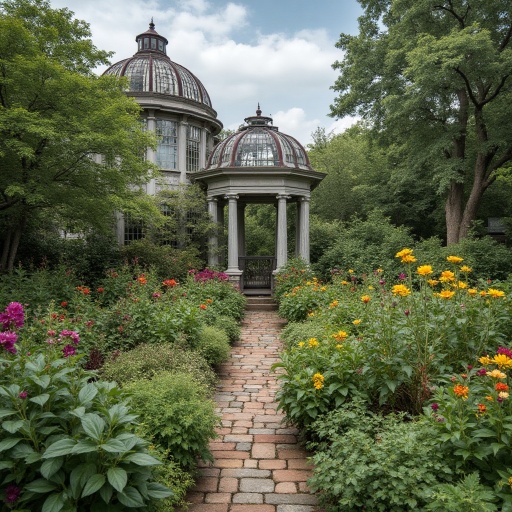
Healthy Alternatives to Tower Hill Botanic Garden
If you’re seeking additional garden design inspiration in Massachusetts, consider:
- Arnold Arboretum in Jamaica Plain: A free public garden focusing on trees and shrubs in naturalistic settings
- Garden in the Woods in Framingham: Specializing in native plant design ideas
- Berkshire Botanical Garden in Stockbridge: Featuring design ideas for mountain climates
- Smith College Botanic Garden in Northampton: Showcasing plants from around the world in designed settings
For families with diverse interests, consider combining your garden visit with:
- Hiking the nearby trails that connect to Tower Hill
- Visiting Wachusett Reservoir for water activities
- Exploring the many historical sites in nearby towns
- Combining your visit with a stop at local farm stands to gather seasonal plant materials
Introductory Garden Design Suggestions
For those inspired to enhance their own landscapes after visiting Tower Hill Botanic Garden, consider these starting points:
- Begin with a single garden bed that incorporates principles observed at Tower Hill
- Focus on improving your garden’s structure with paths, walls, or well-placed shrubs
- Create a small specialty garden based on a Tower Hill garden you particularly enjoyed
- Enhance seasonal interest by adding plants that shine during your garden’s weakest season
- Incorporate sustainable practices like rainwater collection or pollinator-friendly plantings
Personalize your garden by:
- Selecting plants that reflect your personal color preferences
- Creating themed areas based on travel experiences or family heritage
- Incorporating elements that support your favorite outdoor activities
- Adding personal touches through carefully selected garden art or meaningful objects
Common Mistakes to Avoid
When implementing garden design ideas from Tower Hill, avoid these common pitfalls:
- Planting without considering mature sizes (affects 76% of home gardeners)
- Overlooking seasonal interest beyond flowers (leaves 65% of gardens lacking winter appeal)
- Creating maintenance requirements that exceed available time (the #1 reason home gardens fail)
- Neglecting soil preparation (accounts for 80% of plant failures)
- Choosing plants unsuited to your specific growing conditions
Instead, take a methodical approach to garden design, starting with site analysis and a realistic assessment of maintenance capabilities before selecting plants or installing features.
Visitor Encouragement Tips
Enhance your Tower Hill Botanic Garden experience with these activities:
- Attend a guided tour to gain insider knowledge on design principles
- Bring a sketchbook to record inspiring garden layouts
- Photograph plant combinations at different times of day to understand light effects
- Make a list of design elements you might adapt for your home garden
- Ask questions of the knowledgeable horticultural staff
To maintain a positive environmental impact:
- Bring reusable water bottles and refill at water stations
- Stay on designated paths to protect plantings
- Consider carpooling or using alternative transportation when possible
- Respect wildlife encountered throughout the gardens
Conclusion
Tower Hill Botanic Garden offers a treasury of garden design ideas that inspire, educate, and delight visitors throughout the seasons. From structured winter gardens to abundant summer displays, these thoughtfully crafted landscapes demonstrate how intentional design transforms outdoor spaces into living works of art that nourish both people and the environment.
We invite you to experience Tower Hill Botanic Garden firsthand. Share your favorite garden design discoveries in our comments section or subscribe to receive seasonal gardening tips inspired by this New England treasure.
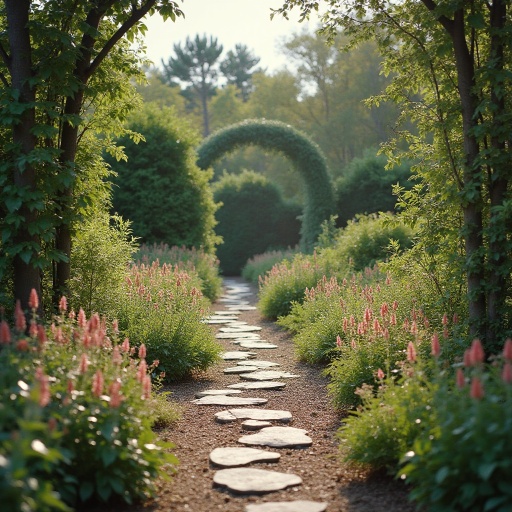
Frequently Asked Questions
When is the best time to visit Tower Hill Botanic Garden for garden design inspiration?
Each season offers unique design lessons. Spring showcases bulb and flowering tree combinations, summer features perennial garden peak bloom, fall demonstrates spectacular foliage and fruit, and winter highlights structural elements and evergreens. Many design enthusiasts visit at least once per season to gather year-round inspiration.
Can I take photographs of gardens for design reference?
Photography for personal use is encouraged throughout Tower Hill Botanic Garden. Taking detailed photos of plant combinations, hardscape elements, and garden layouts is an excellent way to capture design ideas for your home landscape. Commercial photography requires advance permission.
Does Tower Hill offer workshops on garden design for homeowners?
Yes! The garden regularly hosts workshops, lectures, and classes on various aspects of garden design tailored to home gardeners. Topics range from small space design to sustainable landscaping practices. Check their website calendar for upcoming educational offerings or become a member for early registration access.
How can I identify plants I see at Tower Hill for my own garden?
Many garden areas feature identification labels for key plants. Additionally, the garden staff are knowledgeable and can help identify plants of interest. The garden shop often carries select plants featured in the display gardens, and the library contains comprehensive plant reference materials for deeper research.
Are there resources for adapting Tower Hill’s garden designs to smaller home landscapes?
The garden offers several resources for scaling design concepts, including demonstration home gardens, educational handouts, and specialized tours focusing on small-space gardening. The library contains numerous books on adapting grand garden designs to residential settings, and many workshops specifically address small-scale adaptations of design principles.
